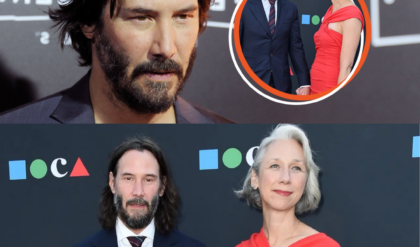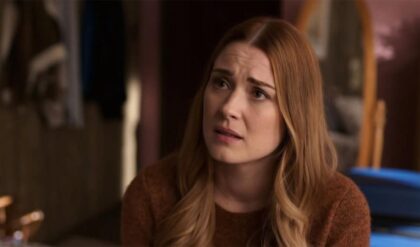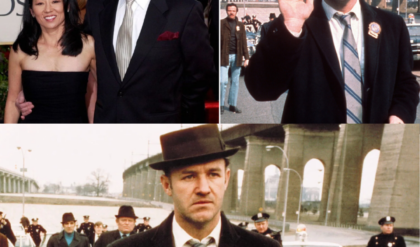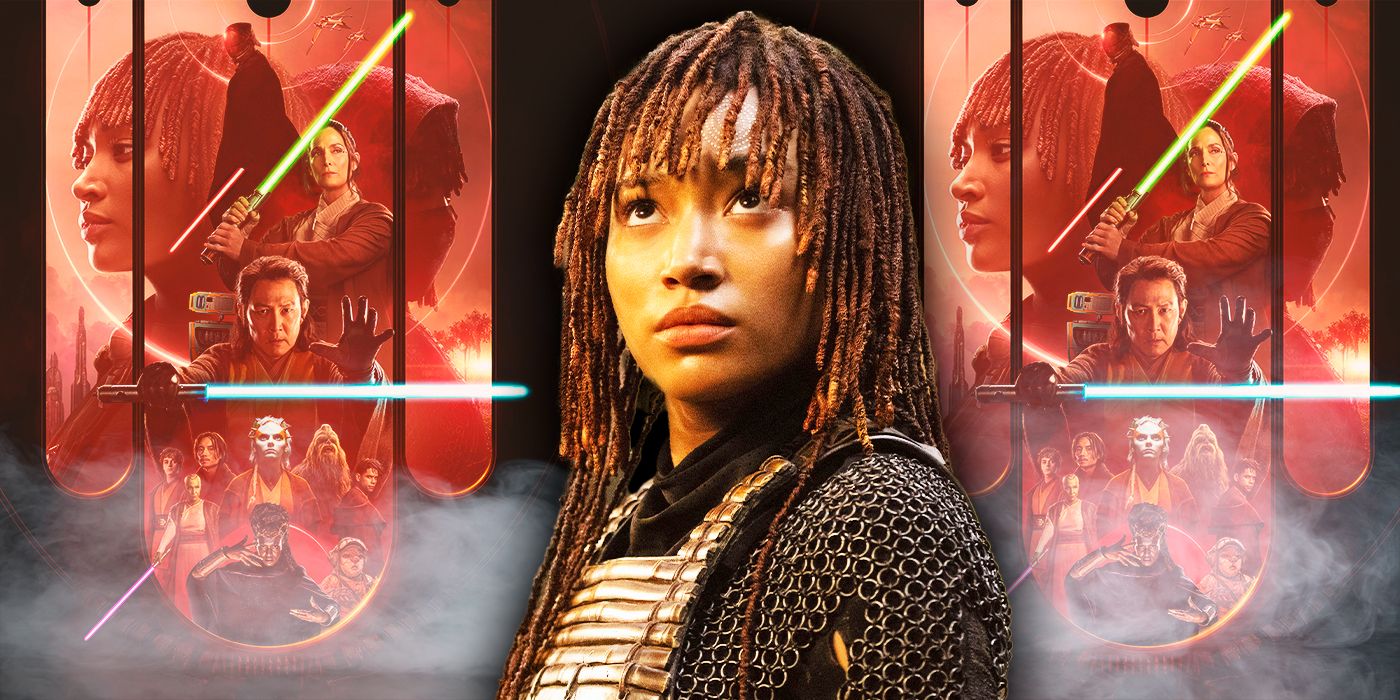
What’s confusing about this entire situation is that Disney and Lucasfilm apparently had plans for The Acolyte‘s future. Just last month at San Diego Comic Con, Lucasfilm Publishing announced spinoff books and comics related to The Acolyte, mainly focusing on the characters that died in the series. But the four main characters that are still alive — twins Osha and Mae, Qimir and Vernestra — are stuck on the shelf. So what does this mean exactly? Did Disney believe the deceased Yord and Jecki were far more worthy of investment? On the surface, that would be an easy guess. But the real problem lies with Disney and Lucasfilm succumbing to the pressure that the poisonous side of the Star Wars fandom laid on them.
People Object to POC, LGBTQ+ and Female Stories in Big Franchises
Women, People of Color and LGBTQ+ Members in Star Wars Are Trapped in a Cycle of Endless Hate
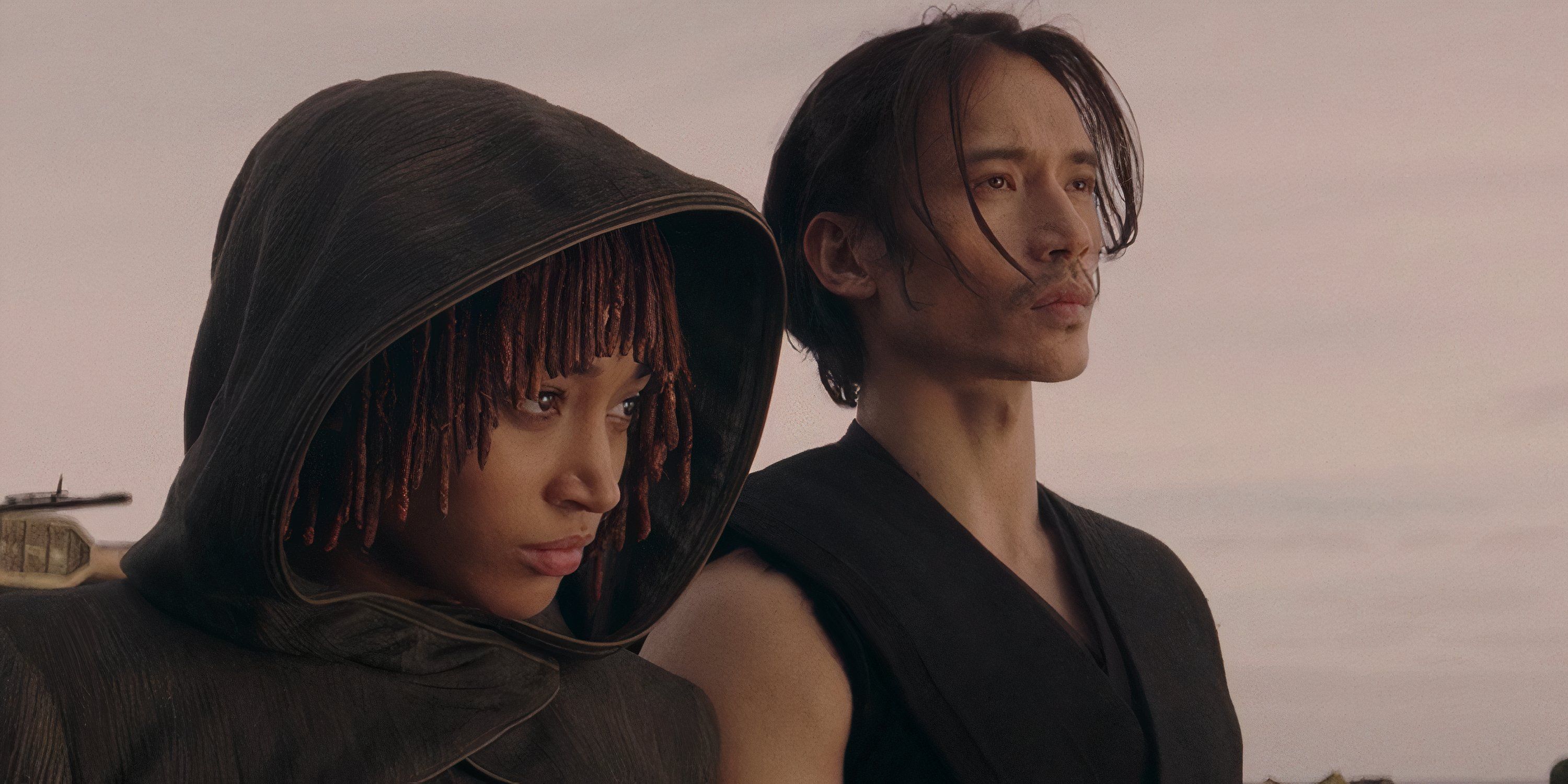
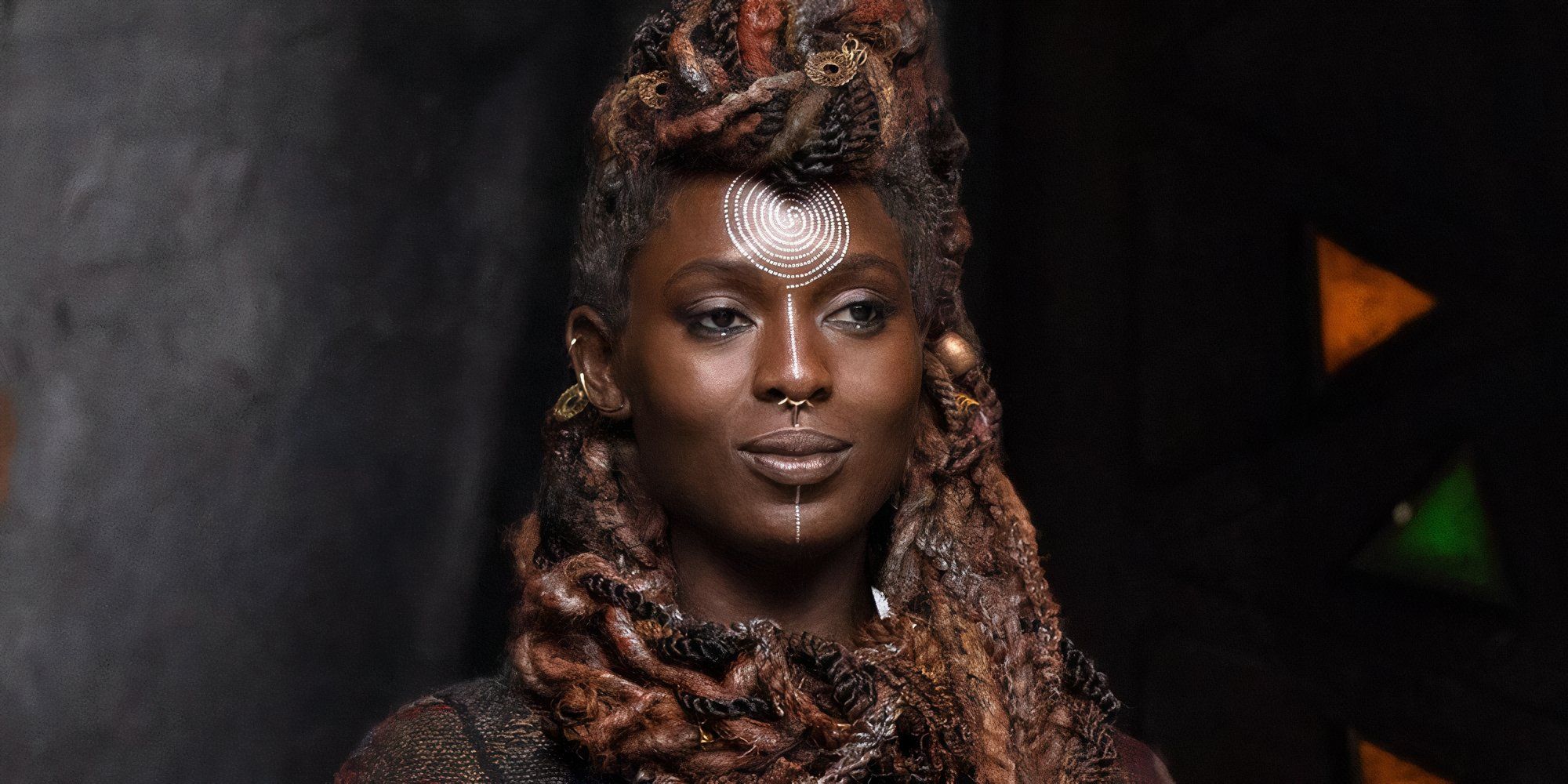

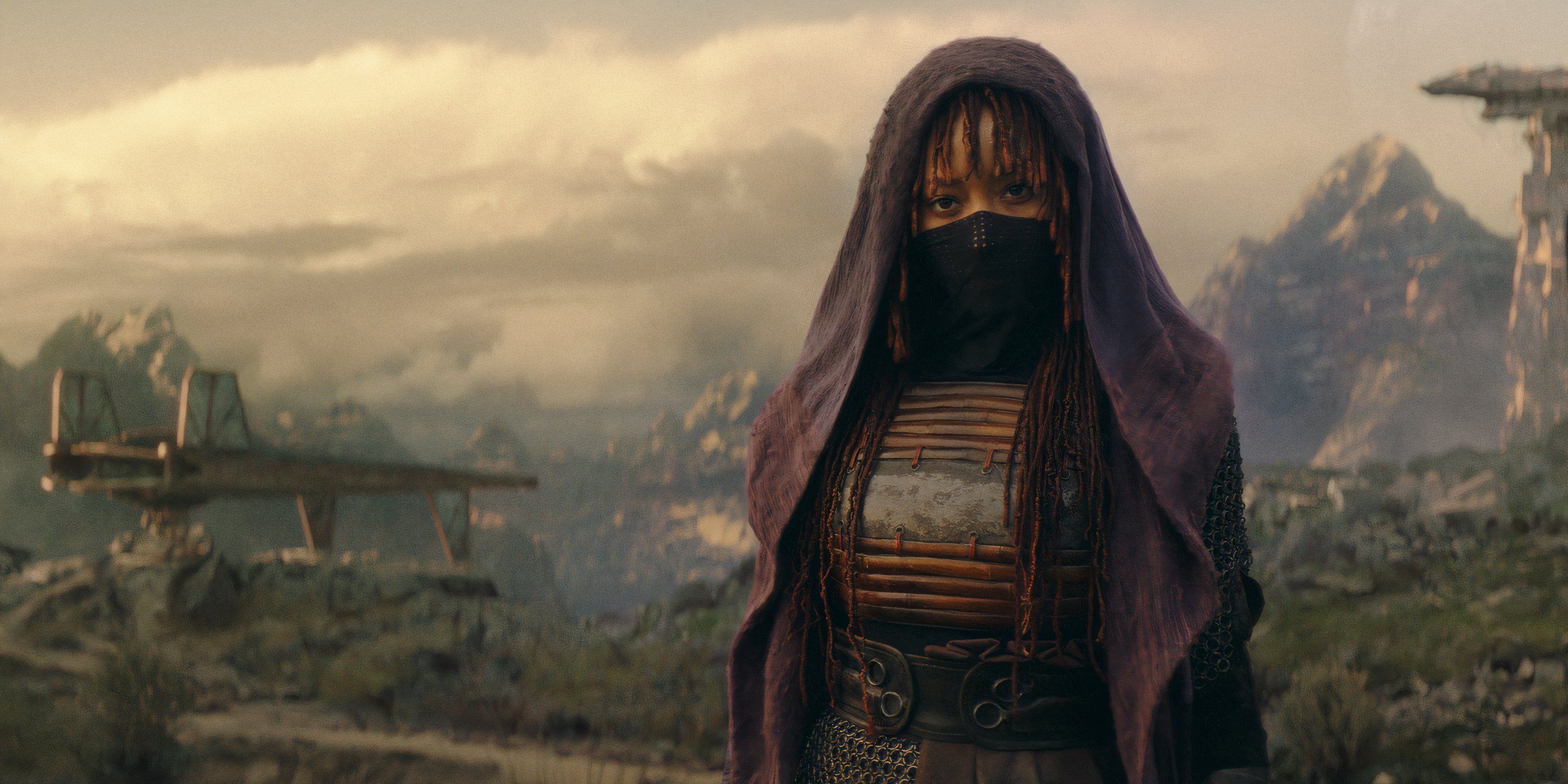




The series was the first to be created and written by a woman, Leslye Headland, specifically a queer woman who felt it was important to have queer representation in The Acolyte. Many fans took this as a “checking off the box” narrative. There are several people of color in major roles, two female protagonists, a queer witch coven and a sexy romantic storyline, but the show was far from checking off a box. Every character had a purpose and was naturally integrated into this galaxy — the same galaxy so far, far away that is supposedly enormous, but feels incredibly small with a lack of inclusivity in its movies and TV shows.
The intolerable racism by fans prompted lead actor Amandla Stenberg to create a music video titled “Discourse” about the hate she received for her dual roles.
Headland improved upon the Kylo Ren/Rey romance in Osha and Qimir because she truly knows what women want in romantic subplots. She also created a real sense of family, both biologically and surrogate-wise with these characters. Her voice — specifically because she is a queer woman — created an inviting and introspective narrative that grounded Star Wars. The diversity in The Acolyte was enough to convince fans that the show is “unbearable,” even “objectively bad.” The audience score was comically low compared to the fresh rating on Rotten Tomatoes. Many people accused critics (like IndieWire’s Proma Khosla) who gave the show a positive review that they were paid by Disney.
While there’s room to critique the story, it doesn’t require commenting on a person’s skin color, gender or sexual orientation. The intolerable racism by fans prompted lead actor Amandla Stenberg to create a music video titled “Discourse” about the hate she received for her dual roles. Disney had to know the dark side of the fandom would be unleashed when they hired female, LGBTQ+ and POC actors. It’s inevitable with this fandom, but it’s Disney’s job to protect them from backlash. So why did Disney give into the very people who caused the damage in the first place?
Star Wars Isn’t Ready to Expand Its Horizons
Star Wars Is Still in the Mindset That All Fans Want Are More Skywalker Saga Stories
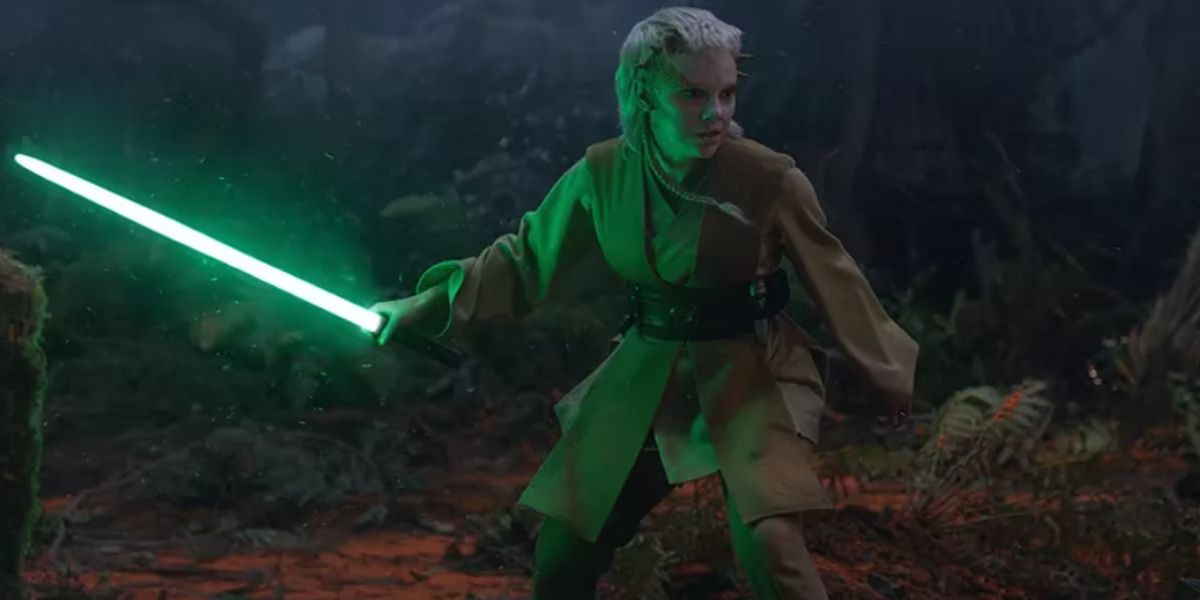
Of course, if people start complaining enough, Disney will start to listen. In their mind, bad press is still bad press. All streaming services are trying to do is compete with one another to be the best of the best. Any complaints need to be subdued immediately. Ultimately, this isn’t a new problem with Disney. Star Wars has been stuck within the Skywalker saga for as long as new movies and television shows have been churned out. Every installment must connect to the Skywalker name, even if it’s in an entirely new time period. It’s because some fans are so against change that they can’t accept another perspective on this galaxy. A perspective that tells a different story and keeps the franchise fresh and exciting. Otherwise, it’ll grow staler with every new reiteration of the same story.
These universes were created so that there would always be endless choices for new characters and stories.
The fascinating thing about large franchises like Star Wars and Marvel is that they have untapped potential. These universes were created so that there would always be endless choices for new characters and stories. But if Star Wars only sticks to what worked decades ago, the universe shrinks. By being set 100 years before The Phantom Menace, The Acolyte had plenty of room to create new lore, while also expanding on the original canon. It was an opportunity to start a new era of Star Wars that focused on the future rather than harp on the glory days that can’t be duplicated. After all, wasn’t that the core of Luke Skywalker’s mission? To create a better future where people didn’t fight over the past?
TV Shows Aren’t Given Time to Find Their Footing
In General, Streaming Services Are Too Careless When It Comes to Canceling Shows
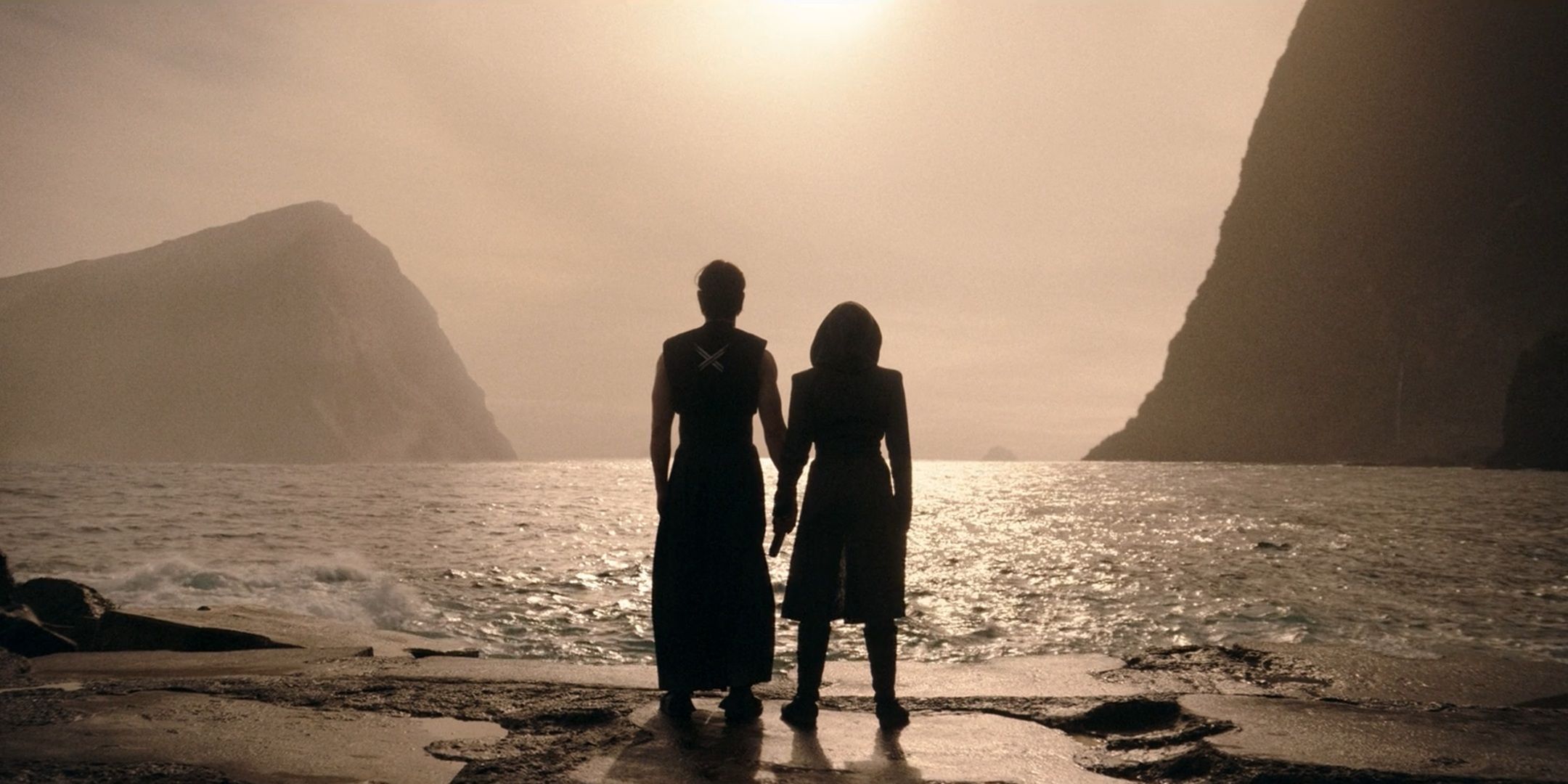
Streaming services don’t allow the same grace period. Pilot seasons are a make-it-or-break-it situation for streaming. Shows get churned out like they’re made in a factory, and one false mechanism gets it thrown in the trash. There’s no time dedicated to fixing the faulty wiring or drafting up a solution. TV shows are so expensive that big streaming services aren’t willing to take the risk. They’d rather renew shows that have been ongoing for several seasons already, or are plain safe options for audiences. It’s fair to say The Acolyte wasn’t for everybody. The series slowly shifted into an enemies-to-lovers plot mixed with a religious conspiracy by the end that some people naturally won’t be attracted to.
Story-wise, it wasn’t going to be for everyone, but it was definitely for a lot of people. The amount of positive reviews by critics and Manny Jacinto acquiring new fans proved as such. But as more shows led by women, LGBTQ+ creatives and POC get canceled, it sends a signal to other networks or services that people aren’t interested in their stories. It limits the amount of diversity allowed in the entertainment industry. It also permits the obscene animosity that’s fragmented the Star Wars fandom. If Star Wars wants to continue to be a dominating franchise in this industry, it has to learn to take chances and stick with them. Otherwise, the world will move on while it’s stuck in the past.
The Acolyte is available to stream on Disney+.
